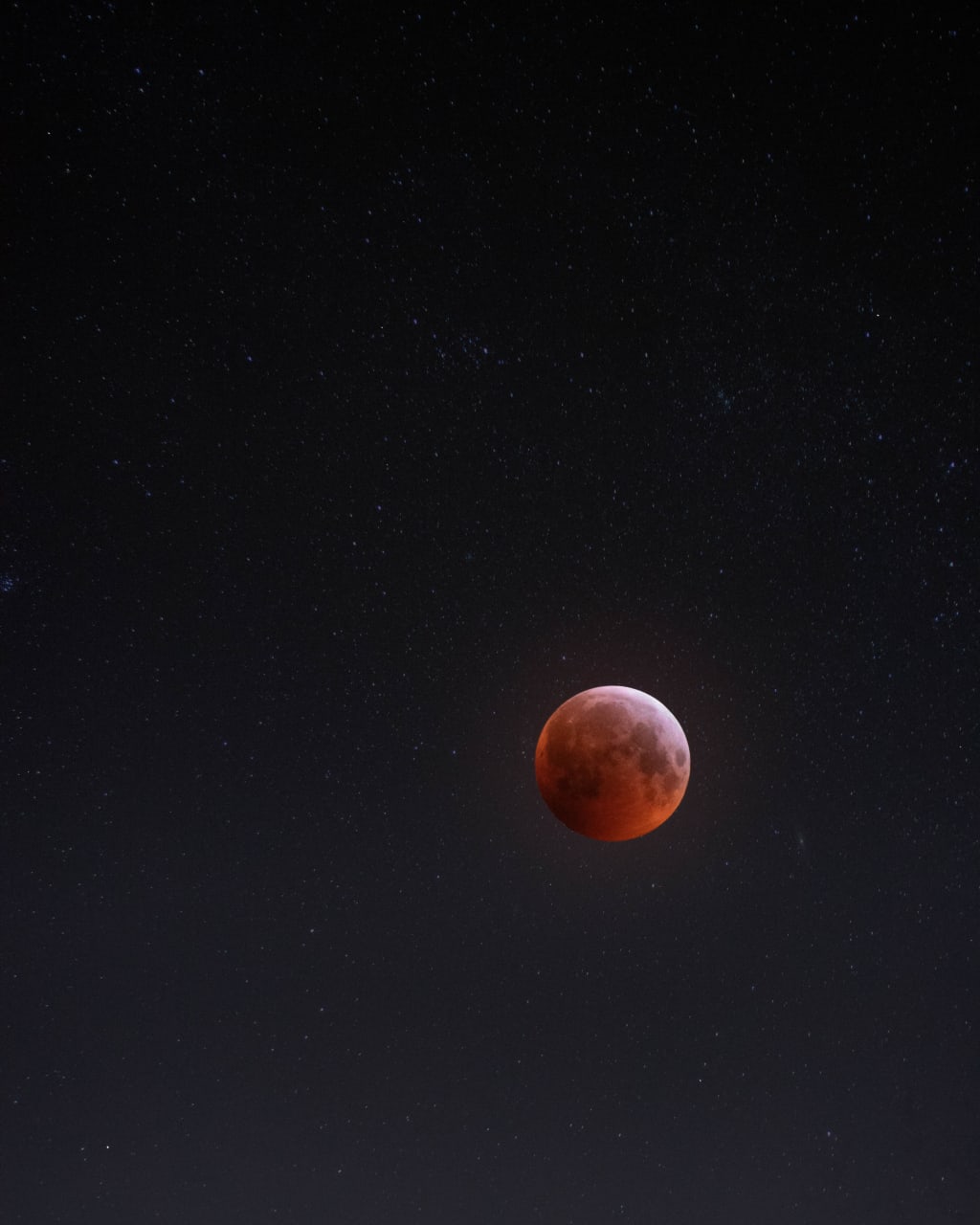Abundance and distribution of cyanide molecules
What's inside a planet?

The team studied the scale of planet formation by looking at five protoplanetary disks, where they found the abundance and distribution of a class of molecules called cyanide. So the researchers say that seeing a lot of hydrogen cyanide means that the planet is forming a soup that promotes the emergence of life.
There are 20 papers from an extensive mapping project, published in a future special issue of the Astrophysical Journal Supplement Series;
And the first of these papers was published on the preprint server arXiv on September 15.
"It's awesome that, rather than one big answer, all 20 papers provide," said astrochemist Carlin Oberg of Harvard University in Cambridge, Massachusetts. Some different puzzles."
For her, one of the most exciting discoveries was the abundance and distribution of a class of molecules called cyanide.
Cyanide
Cyanide specifically refers to a compound having a cyano group in which the carbon and nitrogen atoms are linked by a triple bond. This triple bond gives the cyano group a very high level of stability, so it can exist as a whole in common chemical reactions.
While many theories about the origin of life include a major role o hydrogen cyanide, it is generally considered to be the family's poison. f
The more common cyanides are inorganic cyanides, such as potassium cyanide and sodium cyanide. They all have one thing in common, that is, most of them are highly poisonous, so they are well known to people. And of course, there are also organic cyanides, which are formed by a cyano group bonded to another carbon atom through a single bond.
Both organic and inorganic cyanides are highly toxic. Hydrogen cyanide or cyanide ions released by many cyanides when heated or reacted with acids, or in the air and tissues, also have the same highly toxic effects as hydrogen cyanide.
Although they are both highly toxic, they are still widespread, especially in the biological world. Cyanide can be produced by certain bacteria, fungi, or algae and is present in many foods and plants.
Of course, human activity can also lead to the formation of cyanide. Hydrogen cyanide is found in car exhaust and cigarette smoke and is also produced by burning certain plastics and wool.
Later, it was discovered that hydrogen cyanide also exists in space, and experiments have shown that it is an intermediate product of methane, ammonia, and water to produce amino acids through electric discharge. Therefore, he is also considered to be an important intermediate in the previous organic production of organisms.
"Seeing a lot of this hydrogen cyanide means that the planets are forming the soup of life that we want to see," Oberg said.
observation process
A few years ago, Oberg and her colleagues decided to use an Atacama Large Millimeter/submillimeter Array (ALMA) telescope in Chile.
The telescope is in the Planet Formation Scale Program and can observe molecules, the radio part of the electromagnetic spectrum.
The team observed five protoplanetary disks hundreds of light-years from Earth, all between one million and 10 million years old.
According to Alma scientists, different chemicals vibrate in unique ways due to their different shapes and internal bonds, so that Alma can pick up distinct features.
"These features imply that they are in an era of active planet formation because planets can form at many different distances from their stars," Oberg said.
So, to build these future planets, it's important to understand the chemistry of each location.
According to the map study, cyanide is concentrated in the inner and middle planes of the disk, but that's where planets are expected to appear.
This result suggests that the maps can identify not only specific molecules in the protoplanetary disk but also their location.
Oberg added that the molecule can only form in a low-oxygen environment with lots of carbon. This suggests that planets will be born in carbon-rich atmospheres, another point of interest for biology since carbon is the basis of organic chemistry.
D iscovery
All life on Earth also appears to have been born from a massive collision with other planets, such as a Mercury-like "embryo planet" crashing into Earth.
By examining these most comprehensive maps of the types and locations of chemicals in the gas and dust around newborn stars, the universe may be teeming with molecules needed for life.
Because stars are born from huge clouds of gas and dust when these gas and dust collapse under their weight into disk-like structures.
The centers of these disks are heated by friction and increased pressure until they ignite into fusion stars, and the surrounding material slowly gathers into larger and larger clumps.
"We've known for some time that planets form in disks around young stars and that these disks contain important molecules for predicting the future composition of planets," Oberg told Live Science.
There may also be at least some building blocks for organic life in other star systems, but that doesn't necessarily make it more likely that humans will find life elsewhere.
Because organisms require a certain amount of a specific set of chemicals to produce spontaneously, scientists don't yet agree on the secret to life.
"From an origin of life perspective, this is promising, but there is still a lot of work to be done," Oberg said.
Planetary scientist Kathryn Altweig said there has been a lot of effort in the past to understand the chemicals in the clouds that form stars and to analyze molecules in asteroids and comets that could contain information about the later stages of planet formation
But he still lacked a stage to determine the chemical composition of the protoplanetary disk, though now the project's results help fill in the unexplored details.
The findings also show that a large amount of complex chemistry has occurred before stars and planets are born, suggesting that these molecules originate from interstellar clouds and are widespread in space.
About the Creator
sayre laylah
Tired of monotonous climbing moves, but every step is close to the top
Enjoyed the story? Support the Creator.
Subscribe for free to receive all their stories in your feed. You could also pledge your support or give them a one-off tip, letting them know you appreciate their work.






Comments
There are no comments for this story
Be the first to respond and start the conversation.